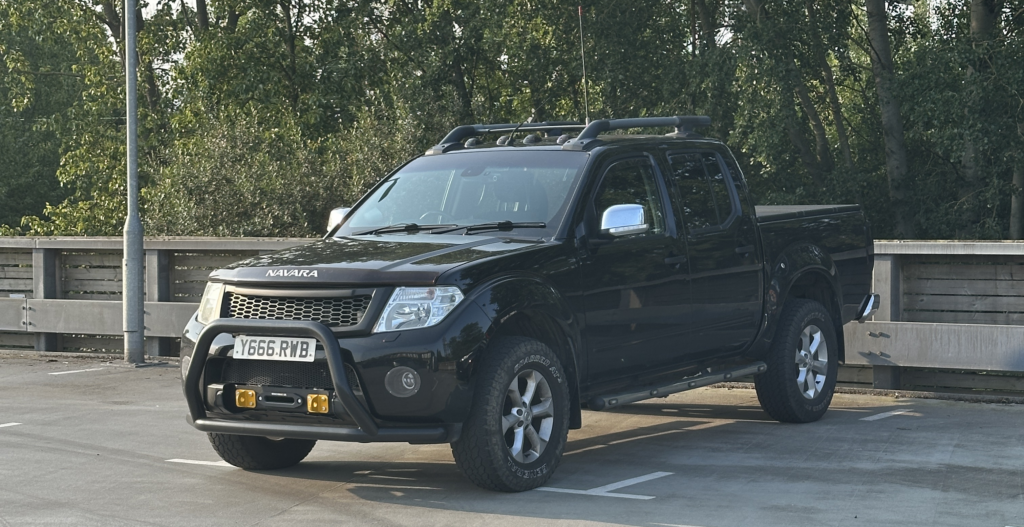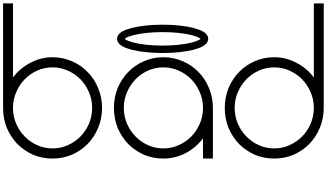B.A.D 2

Brief Summary
This vehicle known as “B.A.D 2” is my second vehicle in my fleet. It started out as a 2013 D40 Tekna Navara chassis. This vehicle was purchased as a daily driver capable of multiple roles such as being my tow rig and recovery vehicle. Essentially a support vehicle for B.A.D 1.
Designation

Just to clarify, just like it’s sibling B.A.D 1, B.A.D 2 get’s its designation from the fact the company I started is called BlackAngelDevelopments or known in short as B.A.D. This being the second vehicle in my fleet it gets the denoted 2 number. Where and why the naming scheme? Two reasons, projects all need a name to keep track of and I watched Thunderbirds growing up and I have decided this is the best way to identify my vehicles. A legitimate reason and bit of fun lol.
Detailed Summary
B.A.D 2 is a top spec Tekna trim of a 2013 Nissan Navara. It’s the higher horsepower Spanish built 2.5 turbo diesel common-rail offering from Nissan. A far simpler engine than the V9X which is the automatic V6 option found in the Outlaw models for instance. However those that know me recognise I prefer a simpler engine with less to go wrong and a good old fashioned manual transmission. The 190BHP YD25 is nothing to turn your nose up at. It pulls like a freight rain for a medium-duty truck.
You may be aware from a couple glances of B.A.D 2 that it is not stock. Lot’s has been changed and will continue to be developed. So let’s dive deeper into the beast.
Questions & Answers
Q: If it’s your daily driver then why did you decide to modify it?
A: Because modifying a vehicle does not necessarily mean it will be less reliable. There’s a lot to gain with making a vehicle more suited towards your own needs.
Q: Why do you need a truck for such a lightweight sports car?
A: It’s a multi-role vehicle, has the maximum towing capacity for a regular vehicle license which gives me flexibility for future vehicles in my ever growing fleet. It also tows exceptionally well.
What’s the current breakdown on the parts?
I’ll repeat myself. I’m no gate-keeper. Ask and you shall know. The parts below are broken down into categories for quick convivence.

Join the discussion